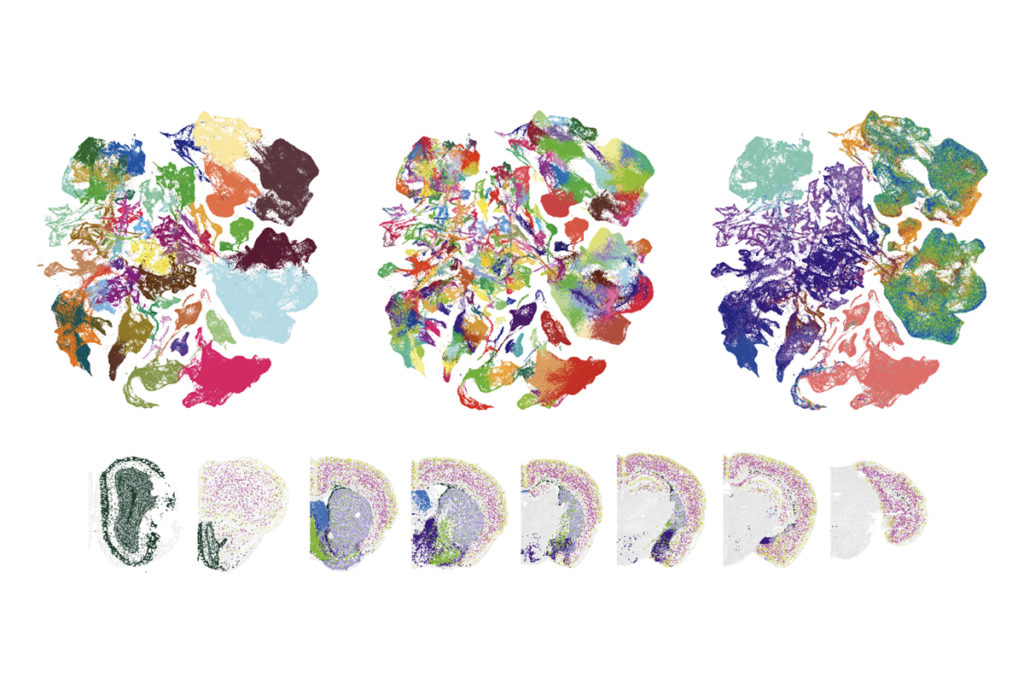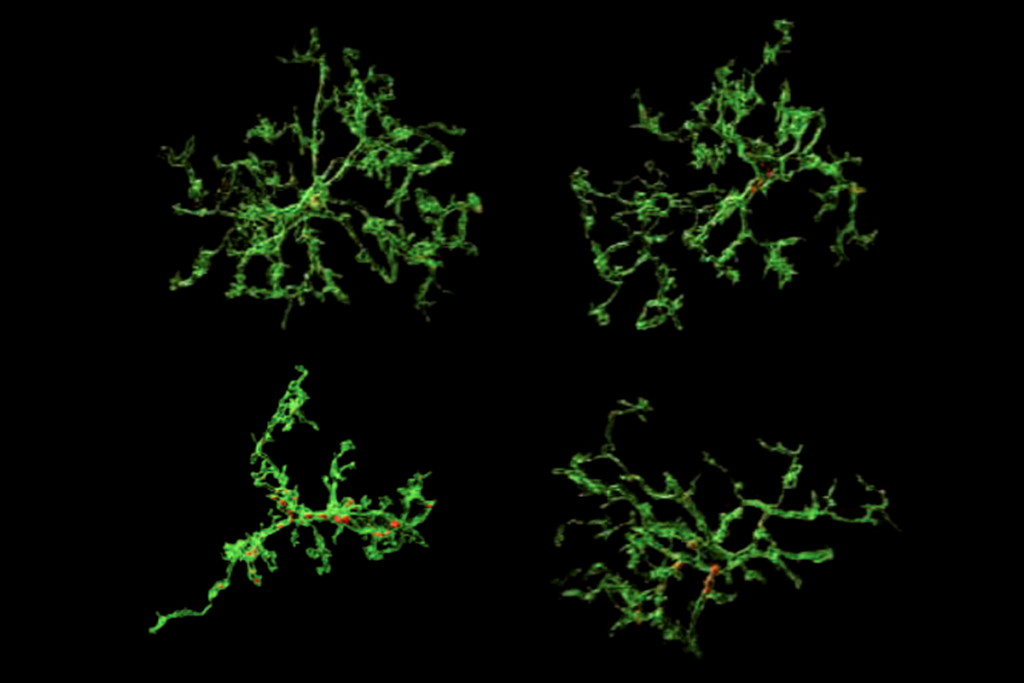Video technology reveals autism gait is symmetrical
Researchers have used a motion-capture system to show that children with autism do not rely on one side of the body more than the other when walking. Their findings were published in the 2012 issue of Autism Research Treatment.
Researchers have used a motion-capture system to show that children with autism do not rely on one side of the body more than the other when walking. Their findings were published in the 2012 issue of Autism Research Treatment1.
A 2010 study used the same technology to show that children with autism move their hips and ankles differently than controls do2. In contrast, the new study shows that children with autism have symmetrical gait just as controls do.
The result is unexpected because some studies have suggested that infants with autism prefer one side of the body while righting themselves or crawling3. However, researchers have not assessed gait symmetry in older children with autism.
Deficits in motor skills are often seen in children with autism. The new technology can be used to study these deficits by taking precise measurements of gait — the way that various muscles and joints align while walking — and other motor skills.
In the new study, researchers used a motion-capture system to film 14 children with autism, aged 5 to 9 years, and 22 age-, height- and weight-matched controls as they walked towards their parents. The children in the study wore reflective markers on each heel, which were tracked by an eight-camera setup. The researchers also measured how long each foot was in contact with the floor using plates embedded in the ground to measure the duration and amount of force placed on them.
Each stride is composed of two steps, starting when an individual places a foot on the ground and ending when that same foot touches down again. The gait for each leg is divided into stance — the interval during which that foot touches the ground — and swing, when the leg is in motion.
The researchers investigated differences between the left and right leg for six different variables: the number of steps per minute, the length of the stride, the amount of time both feet are on the floor, swing, stance and the ratio of swing to stance. They also used six different statistical measures of asymmetry, comparing the left and right side, for each variable.
There is no statistically significant difference in symmetry between the gait of children with autism and that of controls, the study found. The researchers recommend that the findings be confirmed in a larger group of children, using even more variables to measure gait.
References:
1: Chester V.L. and M. Calhoun Autism Res. Treat. 2012, 576478 (2012) PubMed
2: Calhoun M. et al. Clin. Biomech. 26, 200-206 (2011) PubMed
3: Teitelbaum P. et al. Proc. Natl. Acad. Sci. USA 95, 13982-13987 (1998) PubMed
Recommended reading

Constellation of studies charts brain development, offers ‘dramatic revision’

Functional connectivity links with autism, not ADHD; and more

Ramping up cortical activity in early life sparks autism-like behaviors in mice
Explore more from The Transmitter

‘How to Change a Memory: One Neuroscientist’s Quest to Alter the Past,’ an excerpt
